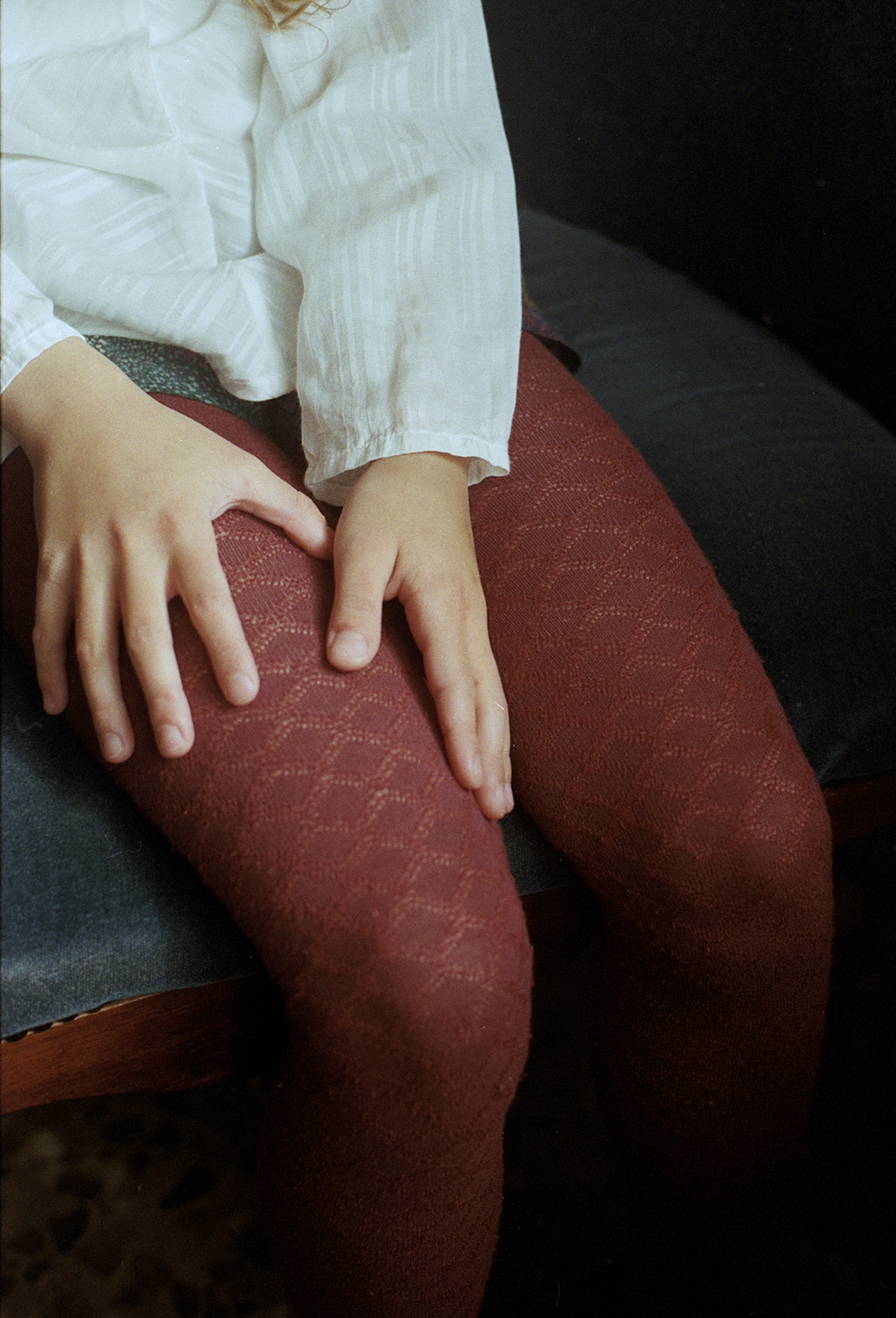
Photo essay Documentary
Marta Sellares
Pictures in 'Donde no nos vean' by photographer Marta Sellares feel very personal and intimate. It shows us fragments of a dreamy childhood filled with magical creatures found in nature.

- Tell us a little about your background – what path led you to becoming a photographer, and to doing what you’re doing today?
Although I had always taken photos as an amateur, I came into full contact with photography at the Faculty of Fine Arts.
Without knowing much about it, I signed up for an introductory course to the black and white photographic laboratory and I fell in love with the process.
There I was lucky enough to meet different colleagues and teachers with whom I began to exchange ideas. All this led me to focus on the image as a means of artistic expression and to develop my projects.
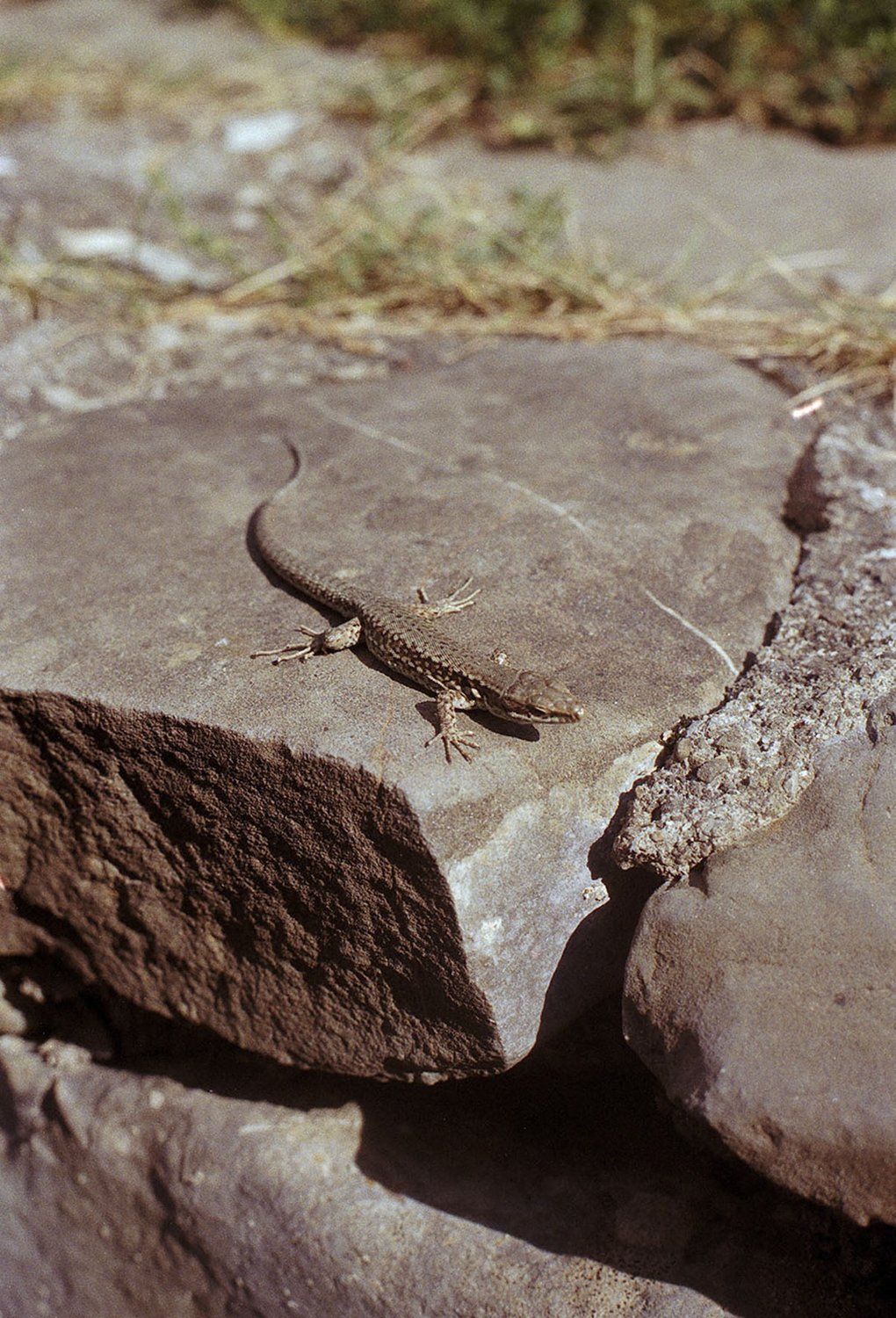
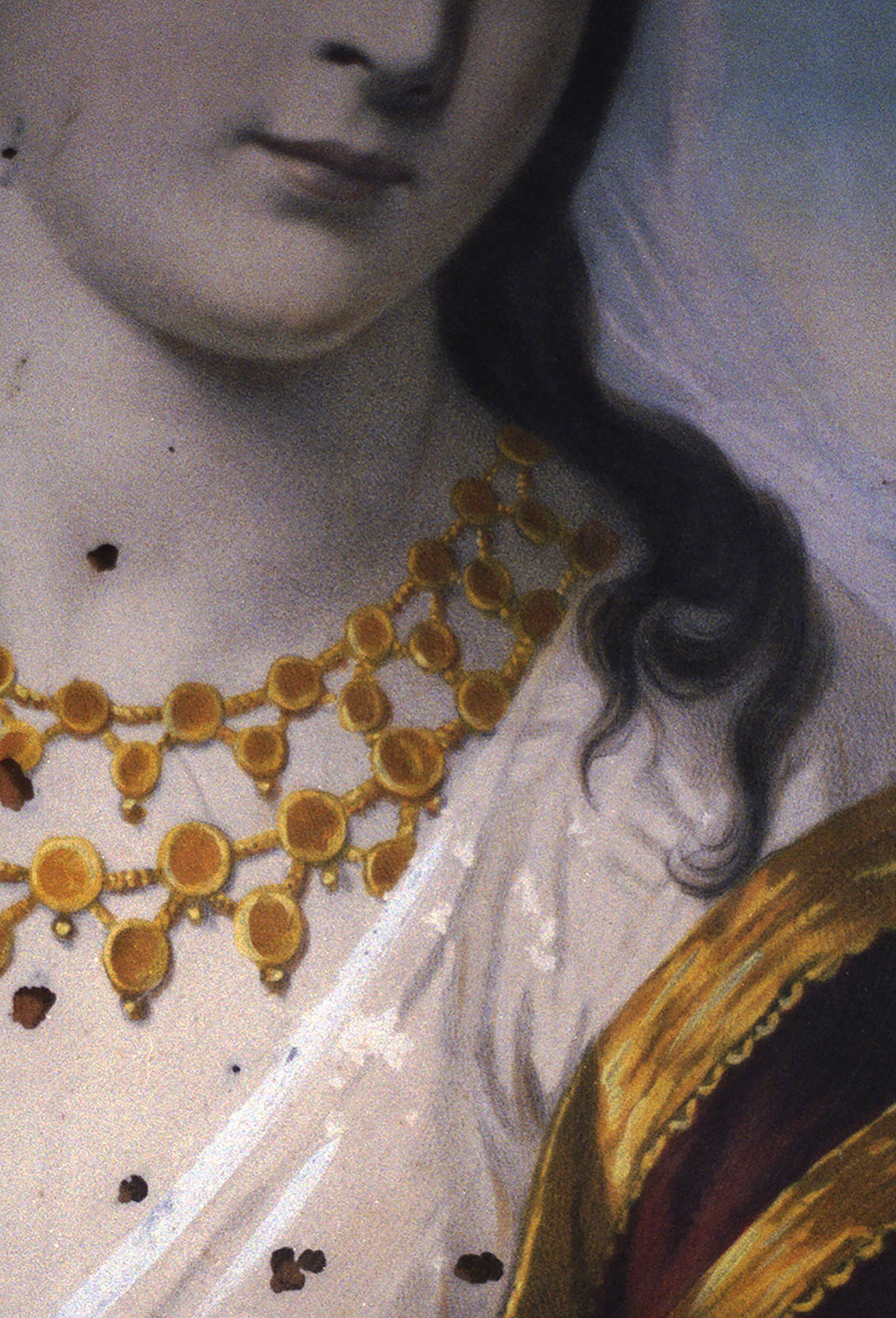
- Can you tell us a bit more about the project ‘Where we are not seen’?
After working in my previous project "La casa de piedra" (2018) about the connection with the territory, family ties and the imaginaries that we create and feel when inhabiting,"Donde no nos vean" focuses on my vision of the experience during childhood in rural environments. It was a theme that in some ways is already present in the previous project and that, as I took images, I became more and more interested in making it the focus of my photographic exploration.
I am particularly attracted to it because it is a vital moment in which we discover and recognise what surrounds us through play, testing our limits and fears and fictionalising reality. We create utopian places: the bottom of the garden, the barn or the cave are transformed before our eyes and transport us to impossible and improbable universes and all of this paradoxically helps us to place ourselves in the world and make it more our own.
Through the images, on which I continue to work, I recognise my own experience and seek to expand it to evoke this shared moment of life.
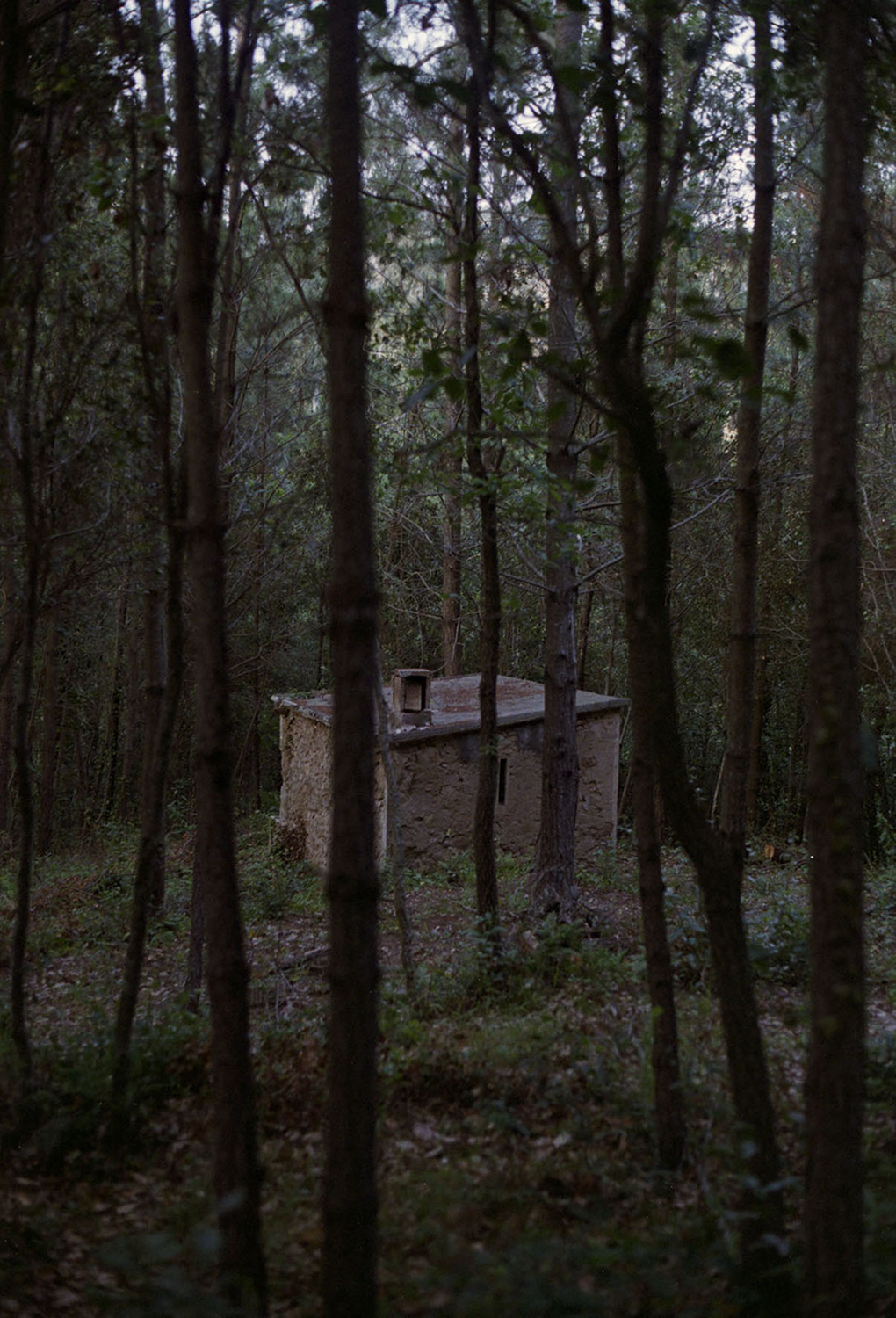
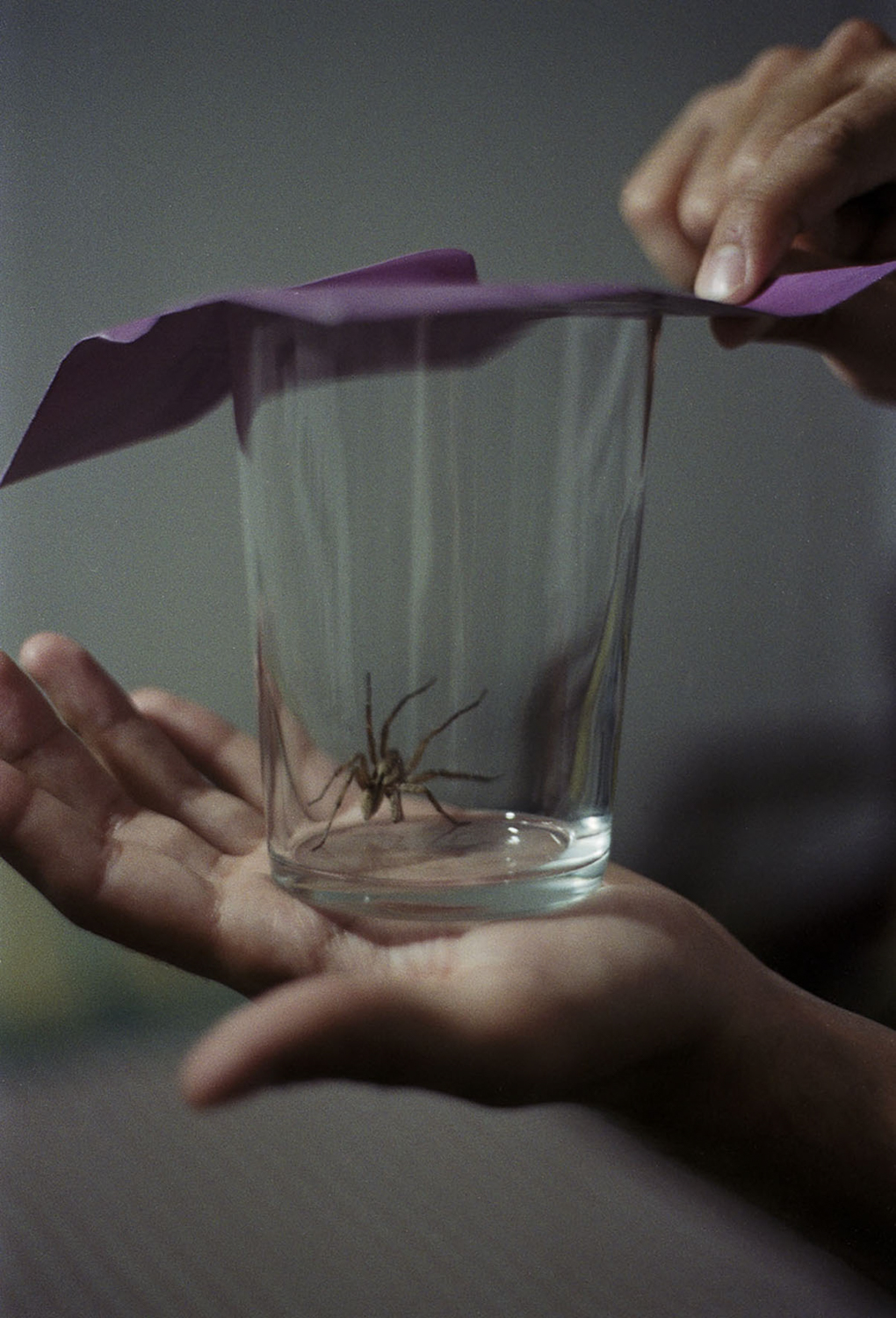
- Can you tell us a bit more about your process?
Talking about the creative process, I don't follow a clear scheme. With "La casa de piedra" I worked with an initial idea as an axis that took shape and became more complex as it progressed. On the other hand, "Donde no nos vean" came about in a much more intuitive way. I started working without really knowing where I wanted to go until the work on childhood began to take shape and make sense as I revised and ordered the images.
Technically speaking, I've been working in analogue since I was in college. I really like to experience all the phases of the process. Developing them and digitalizing or copying them makes me feel closer to them and the slowness and waiting implicit in the process itself helps me to work more reflexively.
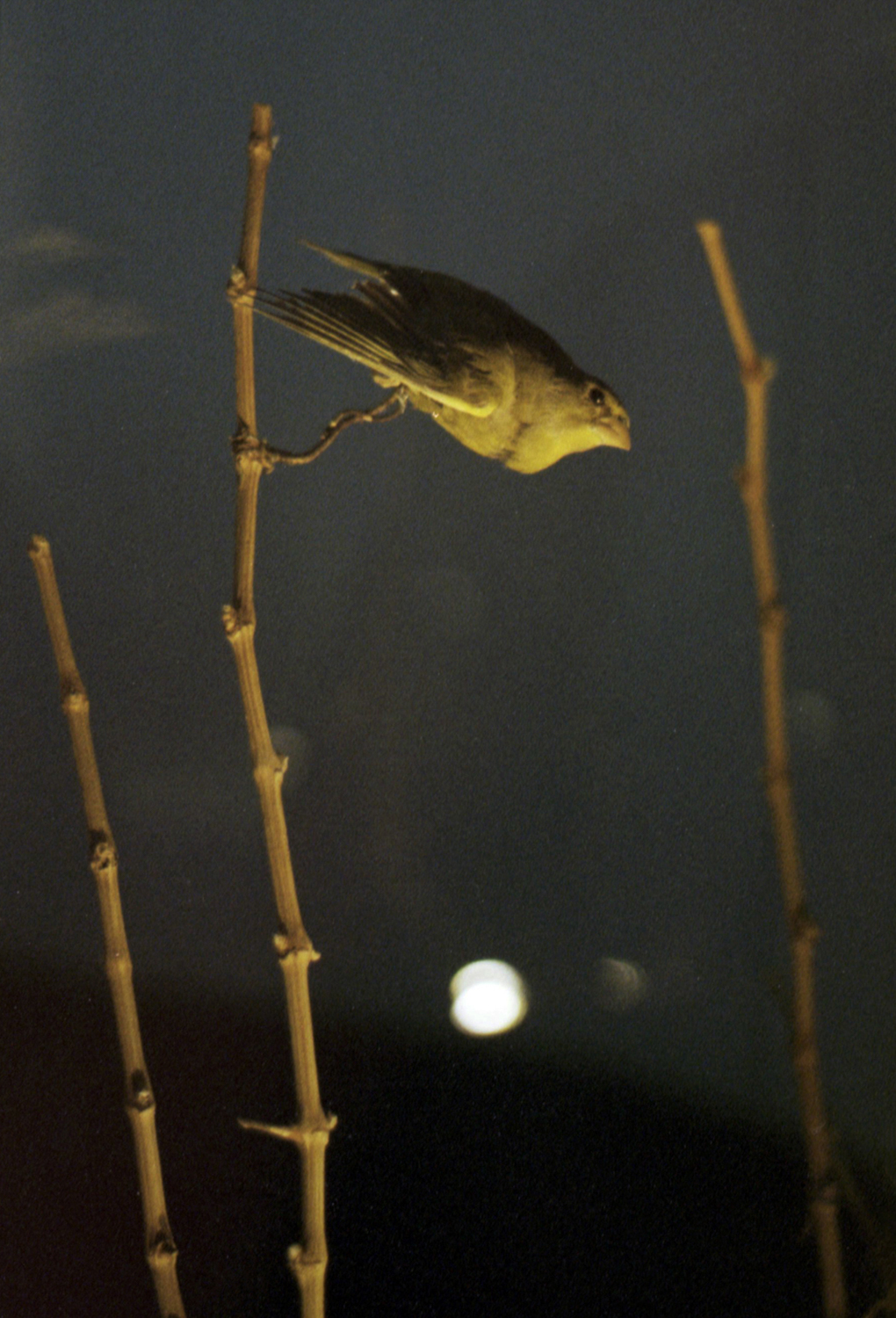
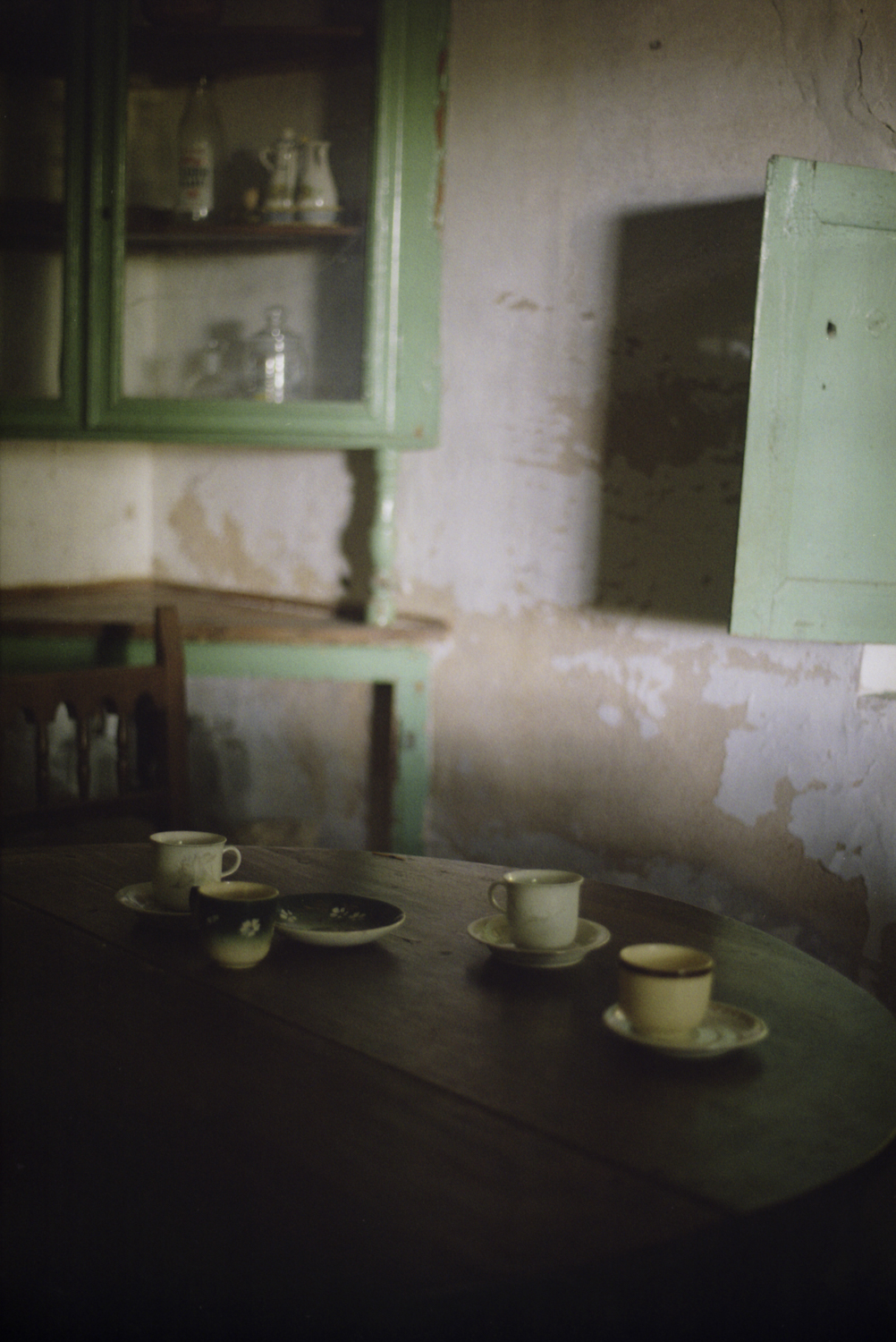
- What does photography mean to you?
For me photography is a way of capturing my closest reality and transforming it, bringing it closer to my imagination. It is the way in which I try to bring my percept ion of things closer to others.
An image moves me when it questions me, teaches me and hides something at the same time, it makes me rethink the reality it shows me and triggers my imagination in search of new meanings, and that is what I look for when I develop my projects.
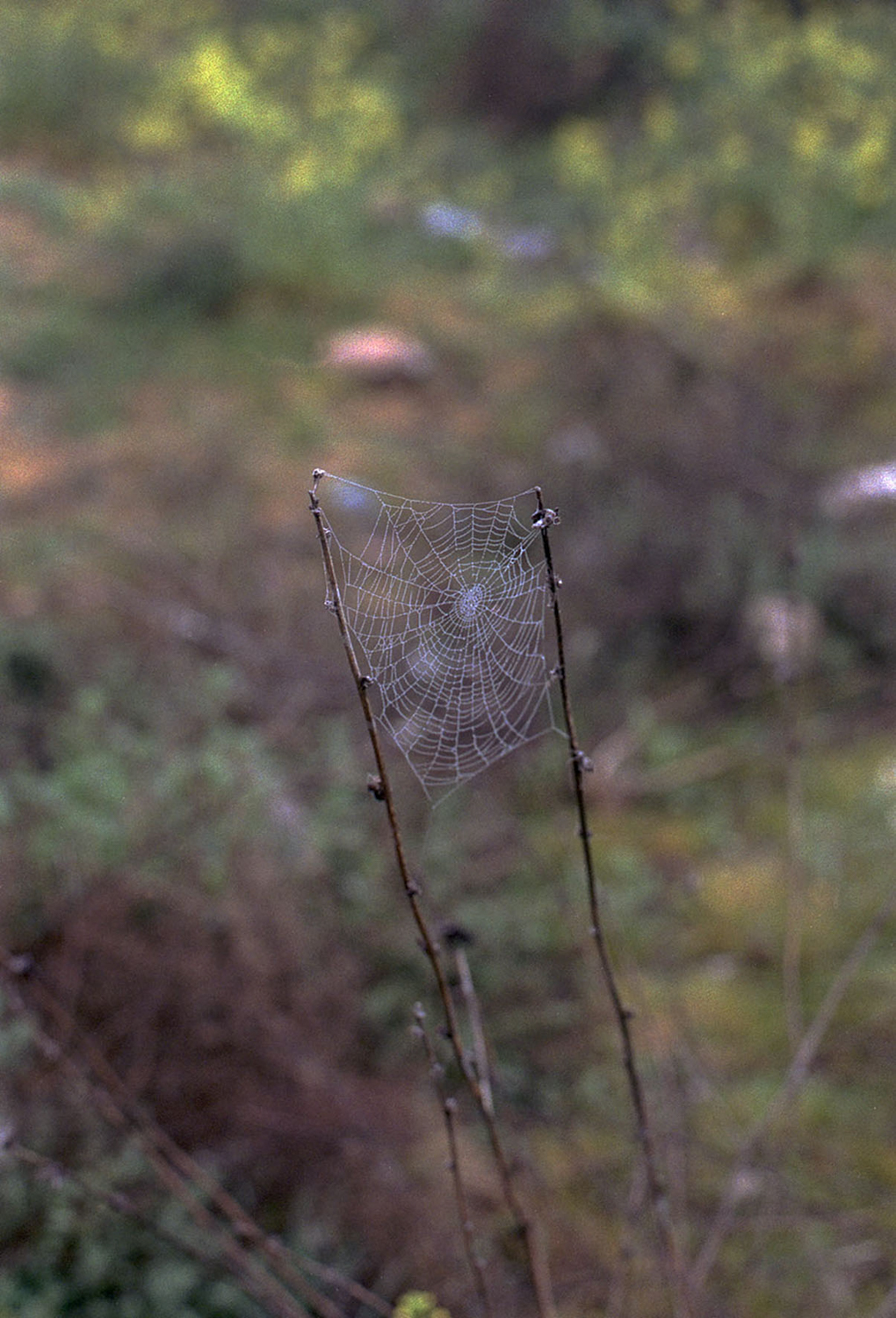
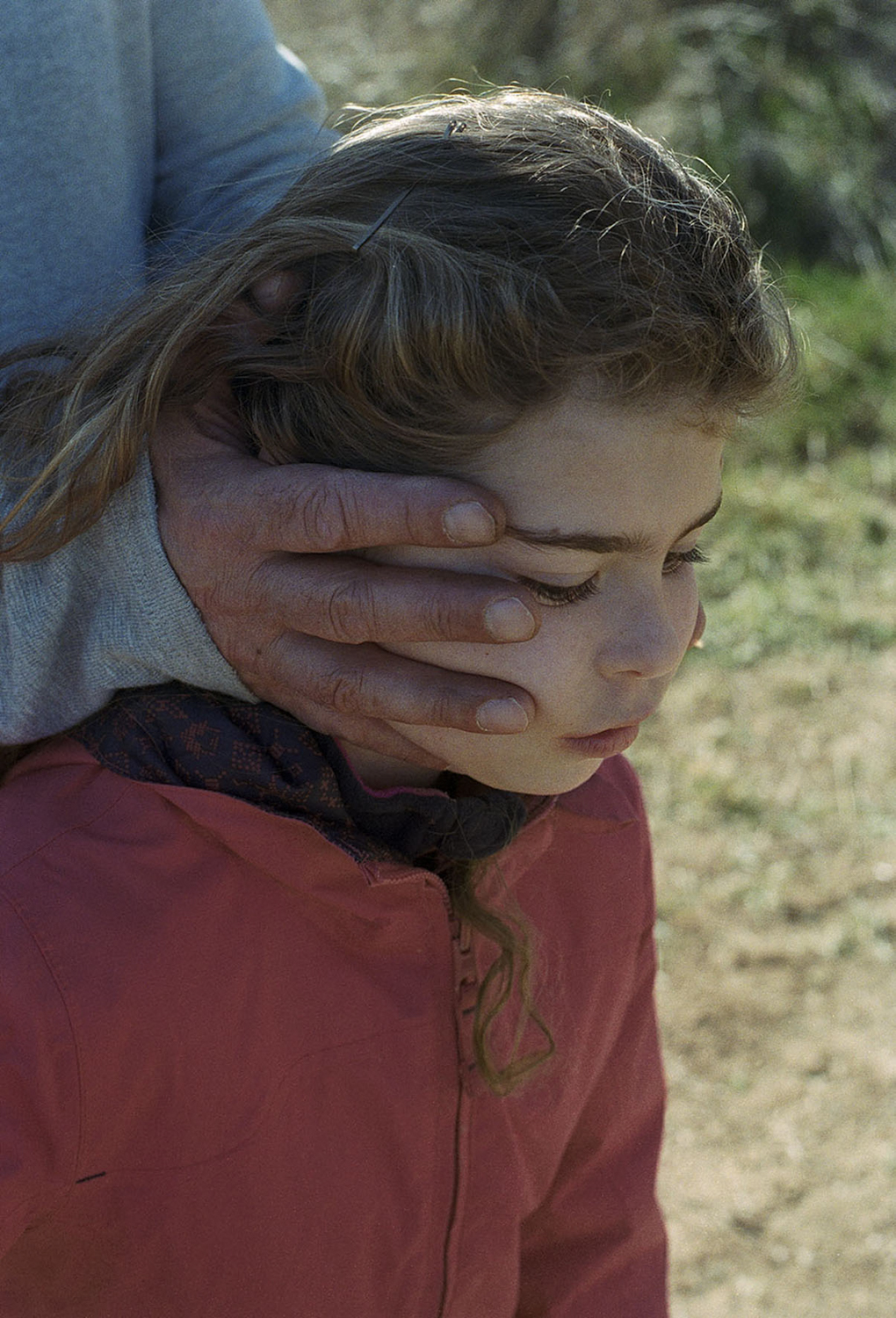
- Which other photographers, designers, artists or creative people are you loving at the moment?
I am constantly discovering authors who inspire me. To name a few, I really admire the work of Léa Habourdin, Massao Mascaro, Sam Contis, Salvi Danés, Raymond Meeks, Sophie Calle... I recently discovered the pictorial work of Andrew Wyeth and I'm fascinated by it... Joanna Concejo and her illustrations... the list would be very long.
© Pictures by
Marta Sellares
